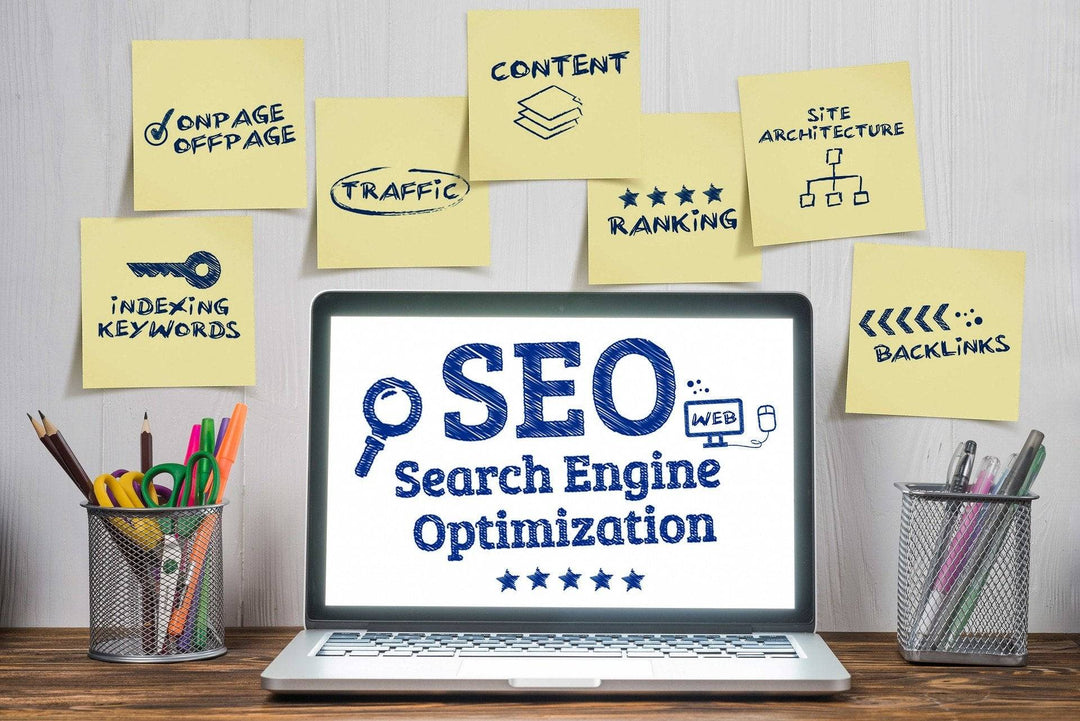A desire for change is always a sign of improvement. The digital platform is continuously evolving with added features and a user-friendly interface. Automated site structure is what users look for to simplify the challenges of manual input and speedy growth.
Shopify migration is a leap towards growth. Businesses that focus on online markets need a platform that helps vendors to showcase a better performance on the search engines. Migration is necessary to tackle certain on-site and off-site performative issues that put a screeching halt on growth.

Online service providers, businesses, and eCommerce platforms need a fast, responsive and reliable platform that is secure and customized. Along with the built-in features, Shopify has many advantageous, customizable and mobile-friendly features.
Does Shopify Spoil Your Existing Search Engine Ranking?
This is a common question posed by users who are planning Shopify migration. A strategic migration will help you improve your SEO performance without losing conversion and search engine ranking. All you need is proper planning and clarity of your migration goals. Shopify will redirect your website to a new platform without confusing the search engine and providing better search crawls.
Knowing the core aspects of migration is necessary to bring the optimum result. There are some rudimentary procedures in Shopify migration which you must perform to garner the desired output.

Image by Photo Mix from Pixabay
1. Conduct a Site Audit
Before you start the migration, it is crucial to analyze the structure and operational capability of your existing website. Set your migration goals by inspecting the weaker areas of your old site. Also, transfer the most visited content, keywords, backlinks, and pages to the new site to retain the target audience and preserve your conversion rate. Integrating high performing part of your old website with the new Shopify website is a vital segment of migration.
2. Design Your Site Structure
A site structure that smoothly lets the search engine crawl and finds your content is necessary to boost your ranking. But luckily, Shopify has some built-in features that organize your content for improving search engine visibility.

But, to organize the collection on your website, we should exclude some irrelevant junk categories. Prioritize product collections and content to avoid overcrowding elements in the website that spoils easy navigation. A logical arrangement is needed to promote user-friendly navigation.
3. Enable Hassle-Free URL Redirection
Those who complain of migration failure need to recheck their redirection strategy. Map all the redirect URLs to a spreadsheet to ensure that essential pages are included in the redirect list. It is not easy to copy all the redirect links manually. The possibility of human-generated errors generates a threat to fast and responsive migration.
Users need an automated bulk transfer system that effortlessly imports all the hundreds or thousands of redirect links to Shopify. The CSV export system helps to do this. Uploading the data and links as CSV is a trouble-free method to transfer your data to the Shopify website.
4. Wisely Optimize Your Content
To retain the search traffic, you must utilize the same high-converting content on your new website. Use the old keywords, URL titles , and descriptions with a slight improvement to expand your reach. Unnecessary changes in the content will tarnish the familiarity of your site making you lose the existing customer base.

Image by Mango Matter from Pixabay
5. Frequent Analysis and Tracking
Tracking the performance of your new site is imperative to measure the success of your migration strategy. It is important to know the rate of conversion and traffic compared to your old site structure for analyzing the competency of your new platform.
Integrate your Google Analytics account, Google Search Console, and other essential tracking tools with the Shopify site to double fold the efficiency of your SEO tactics.
6. Final Test to Ensure the Quality

Before you complete the migration process, test the competency of your site structure for quality assurance.
- Make sure the list of redirect links are targeted to the correct page using tools like Redirect Link Checker, HeadMasterSEO
- Check the homepage structure and navigation flow
- Inspect the content relevance and quality of links
- Analyze the search relevance of different products
- Test the functionality of the cart page and payment page to eliminate the risk of the abandoned cart.
7. Get ready for the Big Launch
Launching the website is easy. But, make sure that your customers will be redirected to the right page through post-launch monitoring. Once you launch your Shopify site, test the search engine relevance of URLs and content to track the operational capability of the new site.
Partner with eComIntegrate to Experience Hassle-Free Migration
Do you need a customized website that is fit for your business? Do you need a partner who can guide you to tackle the complexities of the eCommerce platform?
Then, you are in the right place. Our seasoned professionals at eComIntegrate will help to create custom-built Shopify Websites that will eliminate traditional eCommerce challenges. With more advanced features and a mobile-friendly appearance, we help your business grow beyond the target market. To know more about our Shopify services, drop a line below. We will get in touch with you soon.
[nerdy-form:11564]






Leave a comment